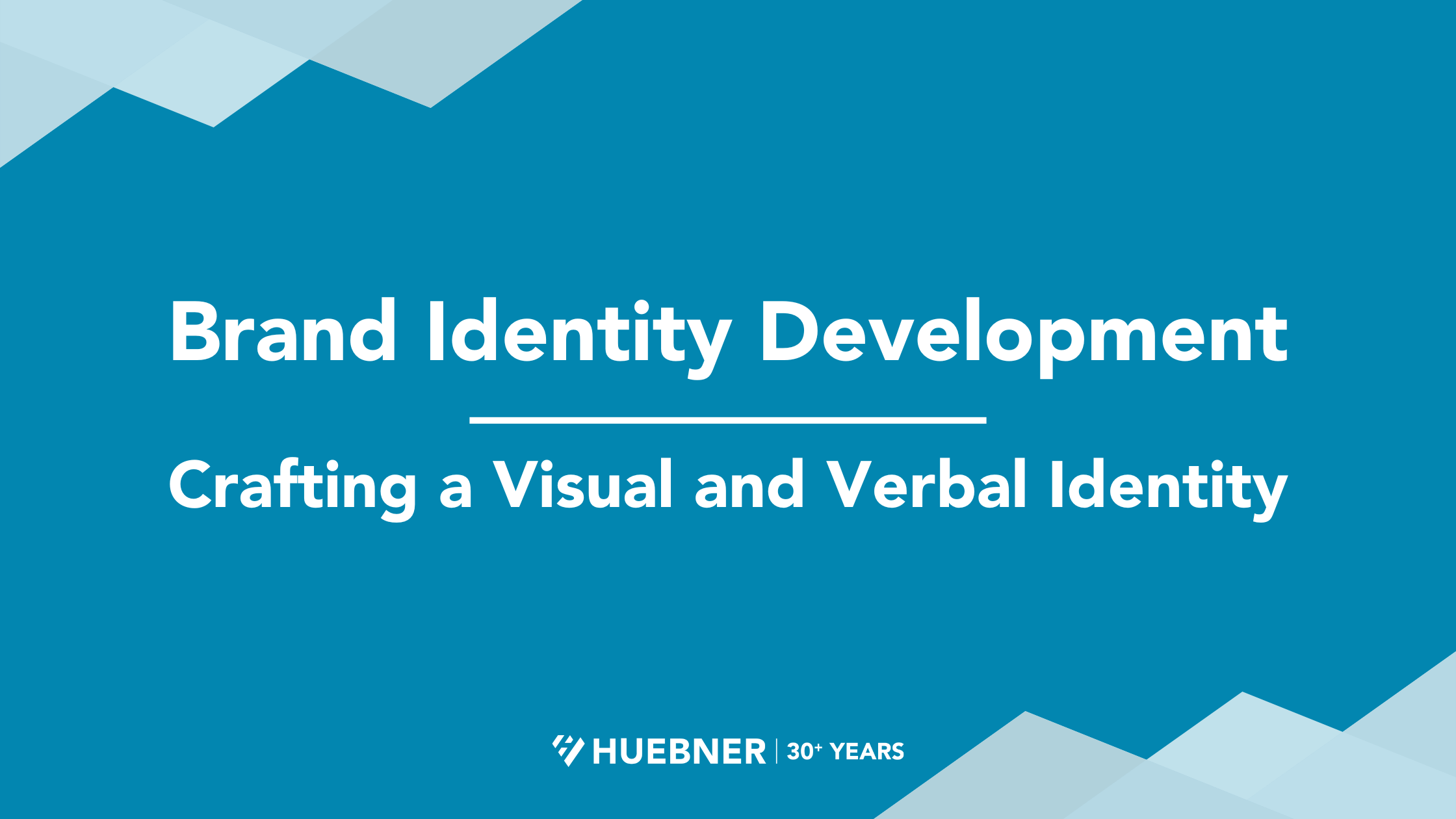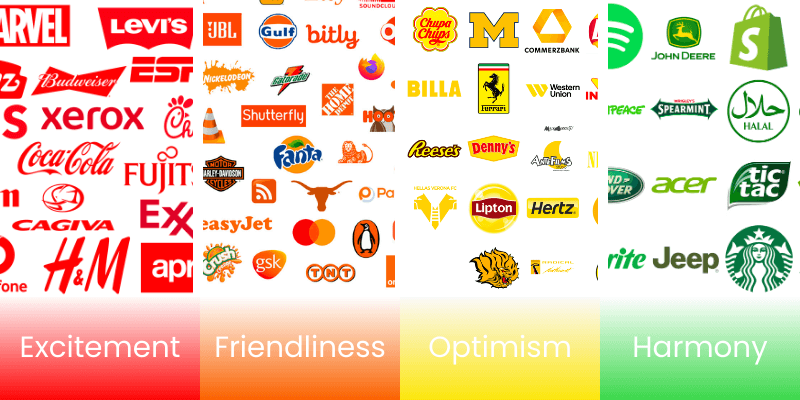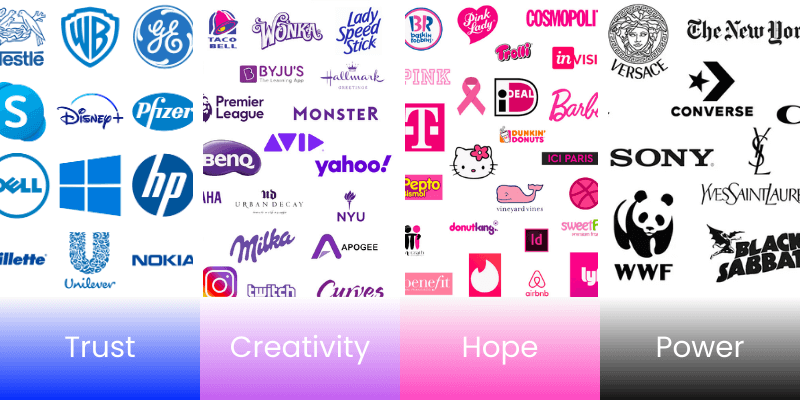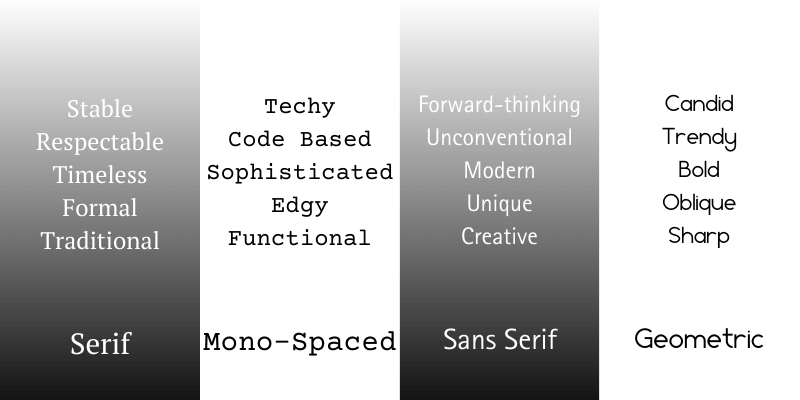
Brand Identity Development: Crafting a Visual and Verbal Identity
Your brand identity should do the following: reflect your brand’s positioning and serve as a visual and verbal language that communicates with your target audience. In this article, we’re going to delve into the intricacies of developing a brand identity that seamlessly aligns with your brand’s positioning, covering crucial aspects such as logo design, color schemes, typography, and the creation of a resonant brand voice.
Logo Design: Your Visual Signature
Your logo is your brand’s facade, serving as a visual signature that customers will associate with your business. When designing your logo, consider how it encapsulates your brand’s essence and positioning. A minimalist, elegant logo might suit a brand focused on luxury (Louis Vuitton) and simplicity (Apple, Uber), while a vibrant, dynamic logo could align with an innovative and energetic positioning (Chrome, Salesforce).
Color Schemes: Conveying Emotions and Associations
Colors evoke emotions and associations, making them a powerful tool in brand identity development. While we may tend to lean toward the colors we like ourselves when building a brand, we must consider our audience first. Choose a color palette that not only resonates with your brand’s positioning but also aligns with your target audience’s preferences. For instance, calming blues might be suitable for a brand that emphasizes trust and reliability (banks love blue), while bold reds could reflect passion and excitement (think: Target, Levis, Coca Cola, and Red Bull).
Typography: Communicating Personality
Typography plays a significant role in conveying your brand’s personality. Fonts have distinct personalities – from playful to professional – and selecting the right typography can reinforce your brand’s positioning. If your brand aims to appear approachable and friendly, a rounded, sans-serif font might be appropriate. On the other hand, a sophisticated brand might opt for a serif font to exude elegance.
Visual Elements: Consistency in Imagery
Consistency is key when it comes to visual elements beyond the logo. Use imagery and videography that aligns with your brand positioning, creating a cohesive visual language across all touchpoints. Whether it’s photography style, graphic elements and illustrations, or iconography, ensure they all reflect the same overarching theme to reinforce your brand’s identity. Many brands do a great job of blending graphic elements, such as live photography and illustration.
A super fun and lively brand to look at, thanks to its visual stack, is goodr. Adobe, of course, also does an excellent job of blending photography, design, and iconography in a beautiful, cohesive manner, providing a solid example of its suite of product capabilities.
Brand Voice: Language that Resonates
A compelling brand voice is essential for conveying your brand’s positioning through words. Determine the tone and style that resonate with your target audience. Are you aiming for a conversational and relatable tone, or a formal and authoritative voice? Your brand’s voice should consistently mirror your brand’s positioning in all written communication. A few brands that do a phenomenal job of ensuring voice clarity include:
- headspace – through calm and collected audio, clear and concise copy, and simple CTAs
- LEFT ON FRIDAY – through confident headlines, need-specific subheads, and uplifting content (see: Meet Our Team)
- duolingo – by leaning into the fact that we all are tired of the app’s popup reminders, duolingo embraces the attention-seeking antics of its owl mascot through social media – while also valuing your time, using short and sweet headlines and supportive copy
Messaging Consistency: Bridging Identity and Positioning
Your brand’s messaging should bridge the gap between your brand identity and positioning. Every piece of content, whether it’s a social media post or a marketing campaign, should align with your brand’s visual and verbal identity while reinforcing your unique value proposition. Even partnership campaigns – don’t lose yourself in the crowd; stand up for your brand and ensure you are represented according to your brand standards in every use of your logo and name.
Crafting a brand identity that aligns seamlessly with your brand’s positioning is a delicate, yet essential endeavor. A well-developed brand identity not only solidifies your brand’s presence in the market but also enhances the effectiveness of your overall brand positioning strategy, leaving a lasting impression on consumers and setting the stage for long-term success. We wish you luck as you launch your brand into the world, and are always here to help!







